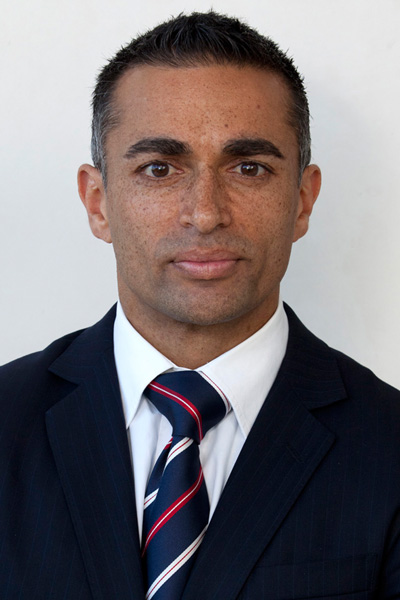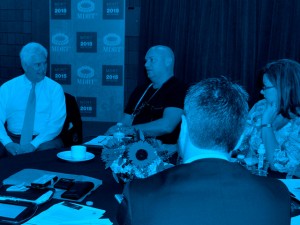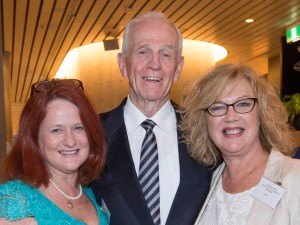In the wake of the recently released Life Insurance Advice Framework, Andy Marshall, Head of Sales Strategies & Research, Zurich Life & Investments, asks what clients will be looking for from their relationships with risk specialist advisers…
In a world where risk advice businesses may be challenged not only by the need for efficiency to lower costs in the provision of advice to clients, but also by competing technology interfaces (robo-advice), advisers more than ever before need to rethink their client engagement model.
Let’s assume that whatever the outcome of the current insurance remuneration debate there are longer-term trends afoot that may dampen demand for life insurance advice. Consumers are becoming smarter, and more empowered. Rightly or wrongly, they feel increasingly able to ‘do it themselves’ (the problem being, of course, that when it comes to life insurance they usually end up doing nothing at all). How are advisers going to attract new customers at a time when online, technology-savvy companies are entering the market? And how are advisers going to do this efficiently so they can run vibrant and growing businesses?
Advisers will have to adapt and intertwine stories into a client engagement method, rather than just using statistics
Dealing with life insurance clients is a complex business. Clients, as a general rule, do accept that significant life events can happen at any time, but they discount the impact of these events because they believe it just won’t happen to them. Put simply, this means insurance is sold and not bought. This well-known phrase has a lot to do with the psychology of ‘availability’. ‘Availability’ is the ease with which a particular idea can be brought to mind. When people estimate how likely or how frequent an event is on the basis of its availability, they are using the ‘availability heuristic’. When an infrequent event can be brought easily and vividly to mind, this heuristic overestimates its likelihood. For example, people overestimate their likelihood of dying in a dramatic event such as a cyclone. Dramatic, violent deaths are usually more highly publicised and therefore have a higher availability. On the other hand, common but mundane events are hard to bring to mind, so their likelihoods tend to be underestimated. These include deaths from insurable events like strokes, and diabetes. This heuristic is one of the reasons why people are more easily swayed by a single, vivid story than by a large body of statistical evidence.
Advisers, therefore, will have to adapt and intertwine stories into a client engagement method, rather than just using statistics. Further, advisers will need to make choices easy for clients. Going deeper here, ‘choice architecture‘ is the process of encouraging people to make good choices, through grouping and ordering the decisions in a way that maximizes successful choices, and minimizes the number of people who become so overwhelmed by complexity that they abandon the attempt to choose. Generally, success is improved by presenting the smaller or simpler choices first, and by choosing and promoting sensible default options1. As a life insurance manufacturer, this means we will need to provide advisers with simpler products and better positioning techniques.
To combat robo-advice and to be more efficient themselves, advisers will need to adapt by upgrading their use of technology to be more effective and by creating operational efficiencies that will enhance client services. At Zurich, our research indicates that clients want visual and interactive interfaces to engage with their adviser in meetings. The new wave of clients (that we need advisers to recruit) want to have meetings with advisers that are highly collaborative. This taps into our thinking around the trend of ‘technoclientology’: the psychology of engaging clients in a modern world that encompasses the skills, techniques and concepts of sales, modernity, social (read Human) 1.0 and the insights from the field of neuroscience. This process delivers the mechanism that allows us to observe and draw conclusions about how people will react and make decisions in a given situation when faced with competing choices. The advisers of the future will use these insights to enable people to become empowered and make decisions that are in their best interests.
Insurers too, will have to respond and provide advisers with products that make guided advice discussions about risk insurance easier and more aligned with consumer behaviour. Innovation in advice, product, process and engagement can ensure a vibrant advice profession thrives in the coming years.
Technoclientology is one of 13 megatrends identified in #Trending, Zurich’s 60 page analysis of the trends all advisers must be across. Download a preview here, or ask your Zurich BDM for the full report.

Andy Marshall was appointed to the position of Head of Sales Strategies and Research, Life Risk for Zurich in January 2014.
Contact or follow the author: Twitter














